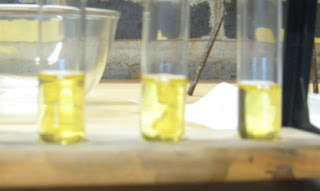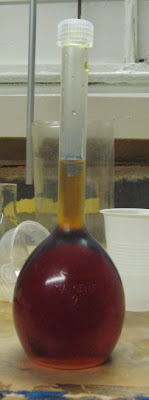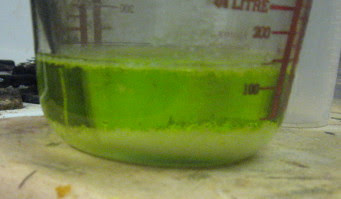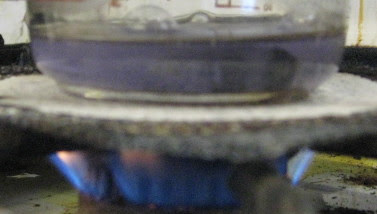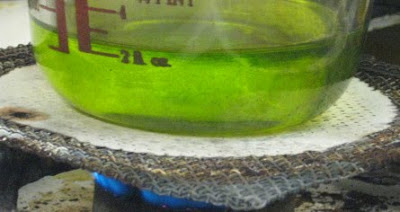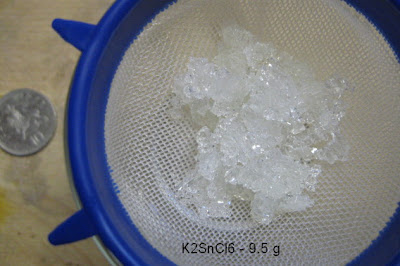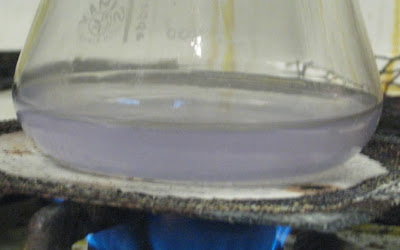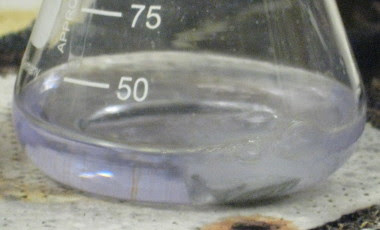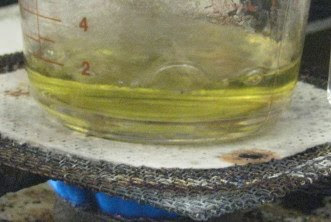
When I digested only tin containing solders, the HCl/HNO3 solution stayed pretty much colorless (even though the nitric acid was orange to begin with). The lead bearing solders developed orange coloration but, not extremely intense. The pewter samples seemed to develop more orange coloration than the lead ones, I am not sure why.
As I stated in one of my replies, according to literature (which is congruent with my experiences) aqua regia will not precipitate tin as the oxide.


